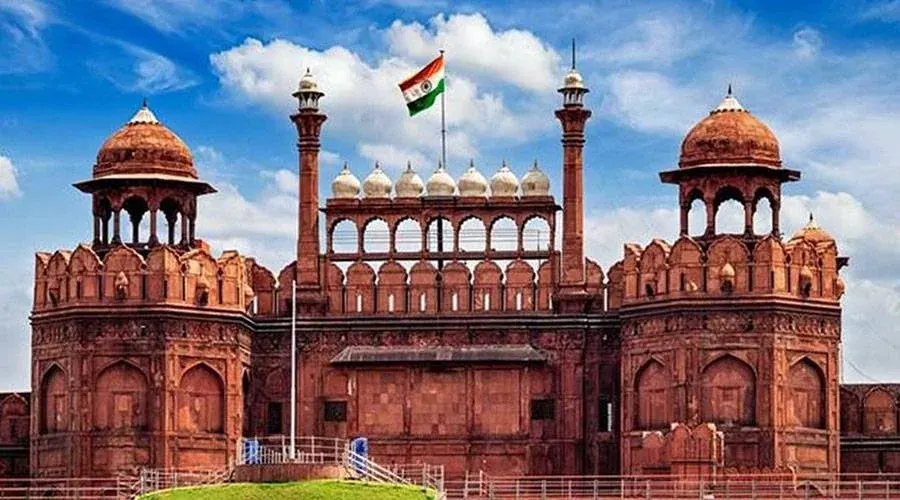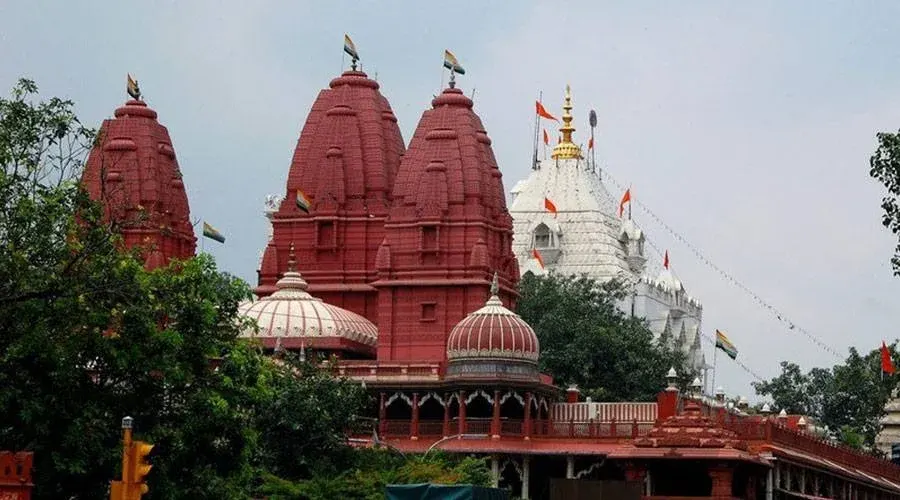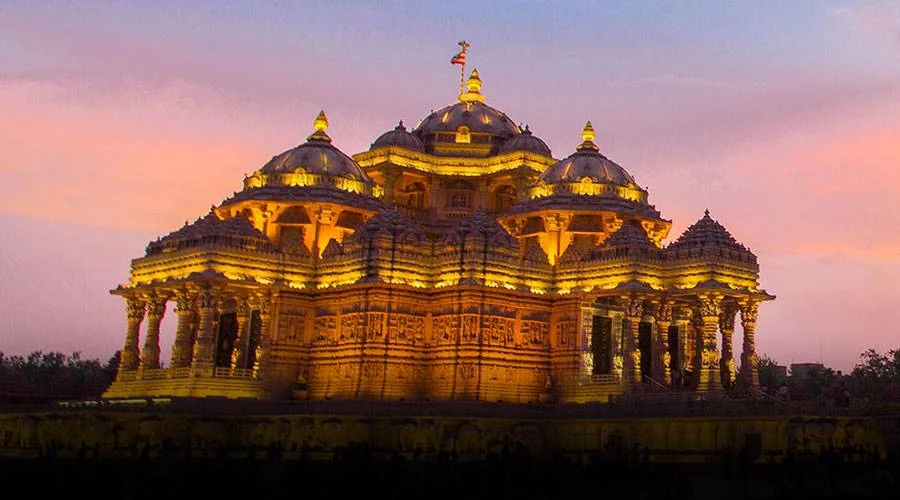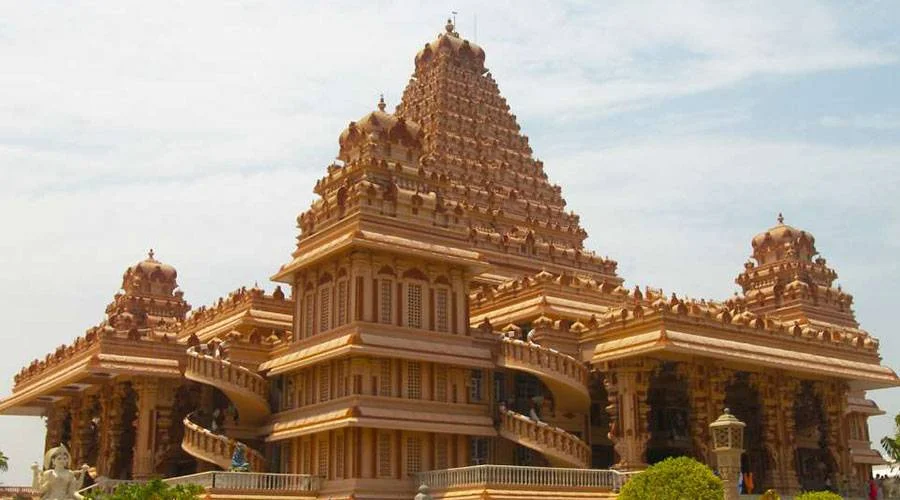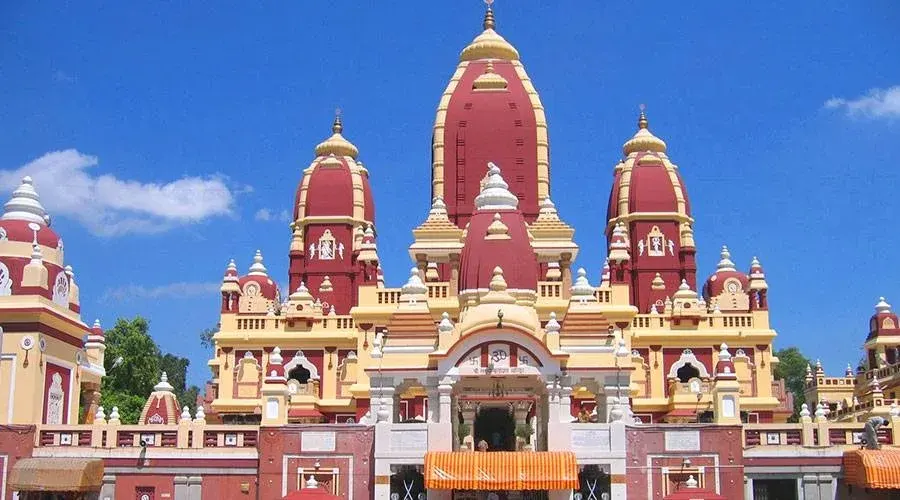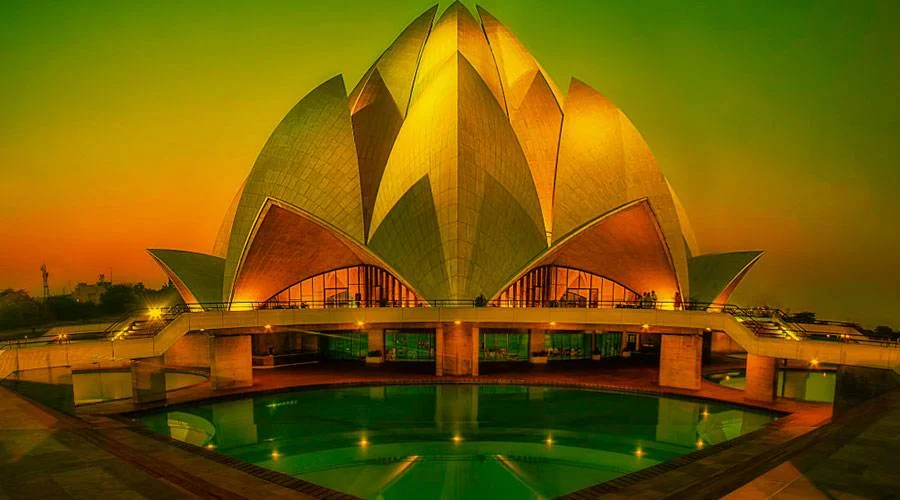Dargah Qutub Sahib, Delhi
Once being the city of Mughals, Delhi houses numerous mosques and dargahs with distinct significances. Amongst those numerous, one popular is Dargah Qutub Sahib. Situated near Gandhak ki Baoli, Dargah Qutub Sahib is an important Muslim pilgrimage site in Delhi and a renowned tourist attraction in the city. This dargah is sacred to Qutub Sahib, popularly known as Qutubuddin Bakhtiyar Kaki - a disciple of Hazrat Moinuddin Chisti of Ajmer. He played a great role in establishing Sufism in and around Delhi. Being the oldest dargah in Delhi, Dargah Qutub Sahib is considered to be highly sacred, and thus, is visited by pilgrims of different regions. As per the beliefs, the wishes of the pilgrims come true if that person truly believes in the saint and ties a thread near the grave of Qutub Sahib. Moreover, once the wish gets fulfilled, the person has to return to unties the thread. Since thread tieing is a ritual in Dargah Qutub Sahib, hence, you can see countless colorful threads tied on the marble screens. Moreover, the grave of Qutub Sahib is the main shrine of the dargah. It is also said that the graves of various eminent rulers like Akbar II, Shah Alam II, and Bahadur Shah I are also lie buried around the grave of Qutub Sahib. At present, this beautiful mausoleum in Delhi plays an important role in leading the heritage tourism of the city, and therefore, is one of the prime attractions in the region.
SPACIOUS STRUCTURE
Dargah Qutub Sahib lies in the middle of an enclosure that is rectangular. It has an Islamic architectural design which is beautifully adorned with a dome-shaped roof. Whereas, the western wall is embellished with colored floral tiles that are said to be added on Aurangzeb’s order. Inside the complex, there is an assembly house (Majlis Khana), mosque, robe chamber (Tosh Khana), few large gates, and drum house tanks (Naubat Khana). On the northern gate of the dargah, one can see the ancient inscriptions. Just a few meters from Dargah’s Ajmeri Gate, there is Moti Masjid which was built by Bahadur Shah I.


